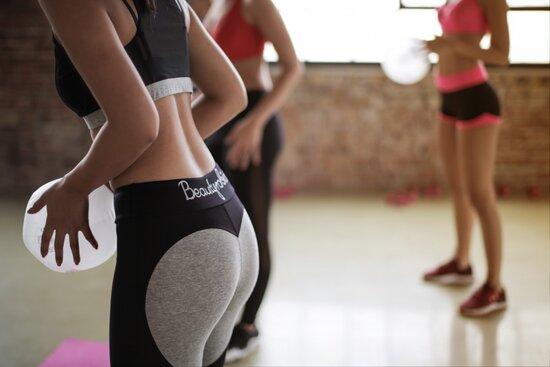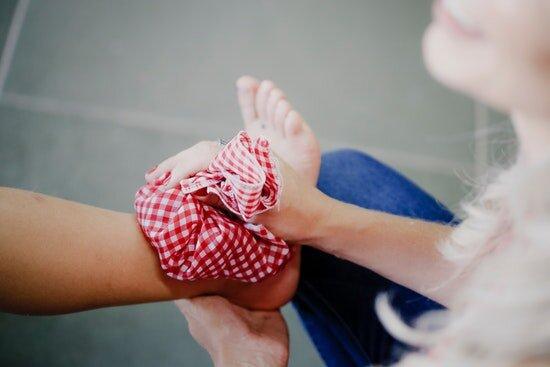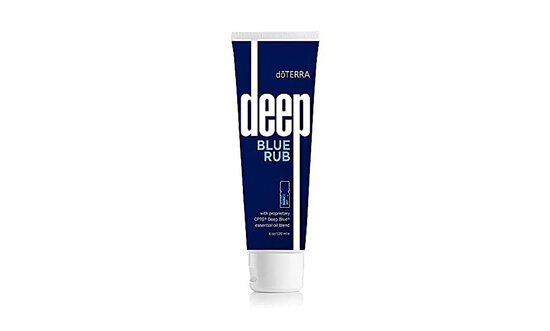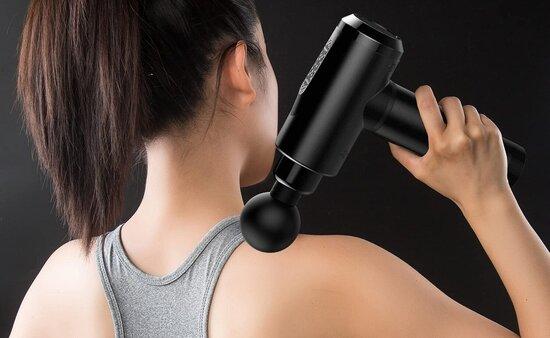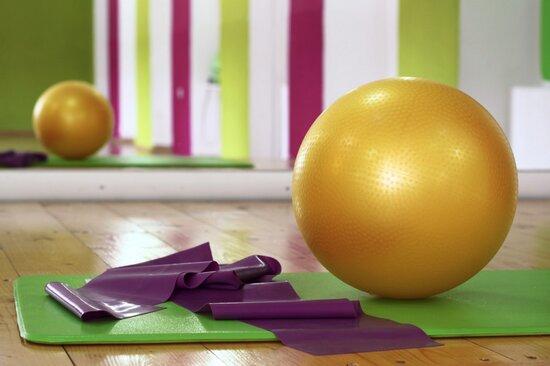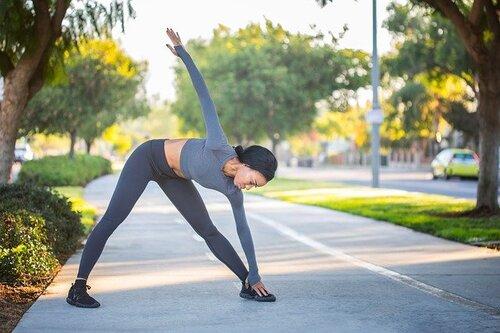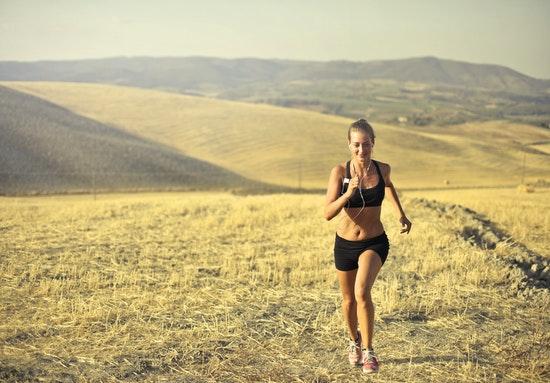
(Note: Some of the links in this post are affiliate links, and we will be compensated when you make a purchase by clicking through our links at no additional cost to you.)
Running does not entail fancy props or expensive equipment. Runners need only to wear comfortable but right Running Apparel, and they can already have an all body work-out. Runners have the whole world as their training or practice ground. One can run on vast stretches of grass, sand, or trail. The possibilities are infinite.
However, not all Running Surfaces are good. Some can be punishing and may lead to serious injuries. The main thing to consider in choosing where to run is the shock it may bring to your body. Runners have to choose surfaces that can absorb the shock of impact as possible. Also, it helps if you vary your Running Surfaces regularly. If you always use the same running route, chances are you’ll be vulnerable to injury.
>>> Discover the Top Must Haves Every Women Runner Needs
To help you out in choosing where to run, here are the different Running Surfaces you can choose from, including their advantages and drawbacks.
Grass
This is probably the most ideal and best training surface for Running. Grass is soft and easy on the legs, and does not strain the muscles. It also builds strength as it makes the leg muscles work hard. Runners should look for a flat and well manicured stretch of grass for practice, or else one would not help but trip over. Parks, golf courses, and football fields are suitable for Running.
Woodland Trails
Woodland trails or dirt paths are usually located in scenic areas and go on for miles, making it appealing to runners. This Running Surface is also easy on the legs like grass. Moreover, trails are also usually leveled. Runners will only have to deal with some inconveniences while on track – rocks and tree roots which can be really hazards.
Earth
Bare earth trails are one of the best surfaces to run on. Find trails that are soft since it lessen the possibility of overuse injuries and it decrease impact when going downhill. Avoid muddy or hard-baked earth trails because it entails risks of getting injuries. City-based runners will definitely have a hard time finding bare earth trails but well, there are routes across playing fields.
Cinders
This Running track which is composed of fine rock, carbon, ash, and slag is indicative of the pre-synthetic era. Cinder paths are still accessible in some town parks though but they are only relatively few nowadays. Cinders are ideal for Running since they are also easy in the legs compared to roads or concrete. The only drawback with this Running Surface is that it becomes loose and slippery during the hot season and sticky when there is rain.
Synthetic Track
Synthetic Tracks are versatile Running Surfaces. They are usually suitable for fast runners and beginners can also use them to practice. Measuring exactly 400 meters, synthetic tracks make measuring distances and timing sessions less difficult. However, because it entails running around the curves, it entails strain on the ankles, knees and hips.
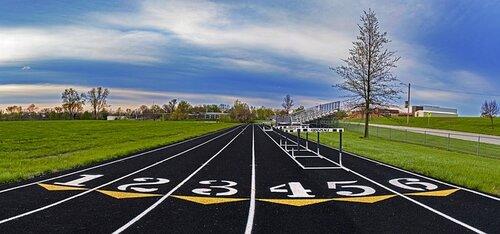
Treadmill
Treadmills provide an alternative for runners who prefer the indoors. This machine can calculate pace, heart rate, and calories burned, making it ideal for those who want to lose weight. However, using this Running machine deprives runners of the great view of the outdoors and may be a headache for those who can’t keep up with the pace. Not every one can afford buying one or paying for gym membership, but this can be a solution for city-based runners.
>>> Discover the Top Treadmills
Asphalt
This is usually better than concrete but this is not the best surface to run on as it places strain on the legs. This Running Surface has some advantages though, including being one of the fastest surfaces and appropriate for measuring distances and in keeping a steady rhythm. Besides, you cannot avoid this one as it is one of the easiest you can find. You just have to deal with nuisances like pot-holes and traffic.
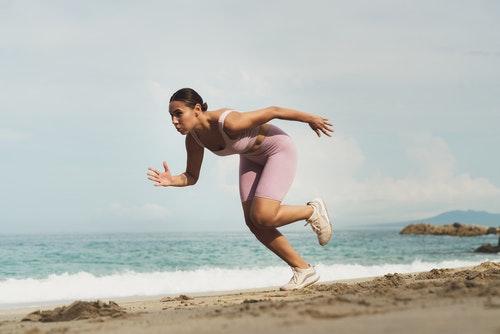
Sand
Sand is one of the best Running Surfaces in the outdoors. Moreover, it offers a scenic view of the beach and provides breezy scenery. Firm and even sand is good for giving your calf muscles a work-out, in strengthening the legs, and in resistance training. Drawbacks of this Running Surface are the risks of getting injuries and stresses on the body particularly when running on the water’s edge. Blisters can also arise when running barefoot. If you do, just limit your run to shorter distances only.
Read >>> The Best Ways to Burn More Calories On Your Run
Concrete
Made up of cement, concrete is the hardest surface you can run on. Though it is the most accessible for Running, avoid concretes as possible since it delivers the most shock to your legs. You can get injuries when running on concrete. But if you don’t have any choice, run on softer concrete surfaces.
Snow
In places where there is constant snowfall, one can still run, albeit it would be less easy. Snow forces a drab and slow Running pace (which is good for those recovering from injury) and can be really slippery. Moreover, snow can be pretty dangerous as it conceals pointed objects and may cause muscle fatigue.
Now that you have an idea what the different Running Surfaces are, you can now choose what surfaces to run on. If you are already an experienced runner, the information we have provided may give you an idea to reevaluate your options. Just remember to vary the surfaces you run on to minimize the risks of getting injuries.

